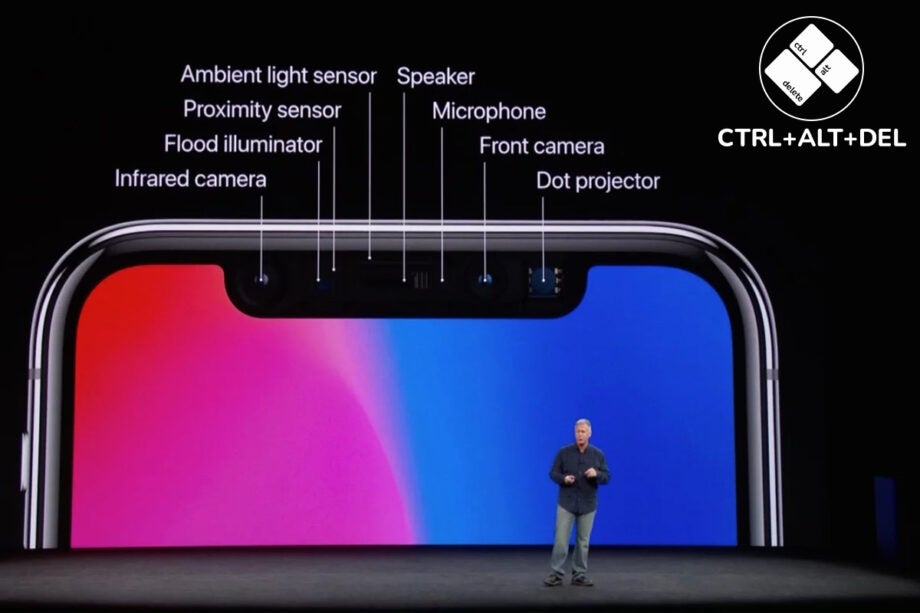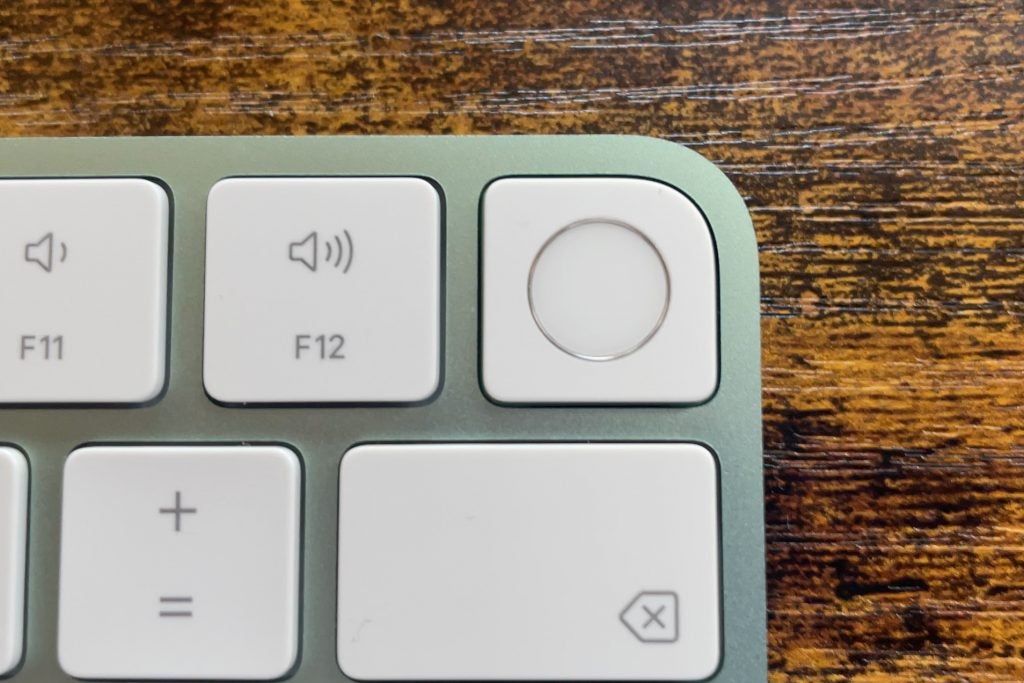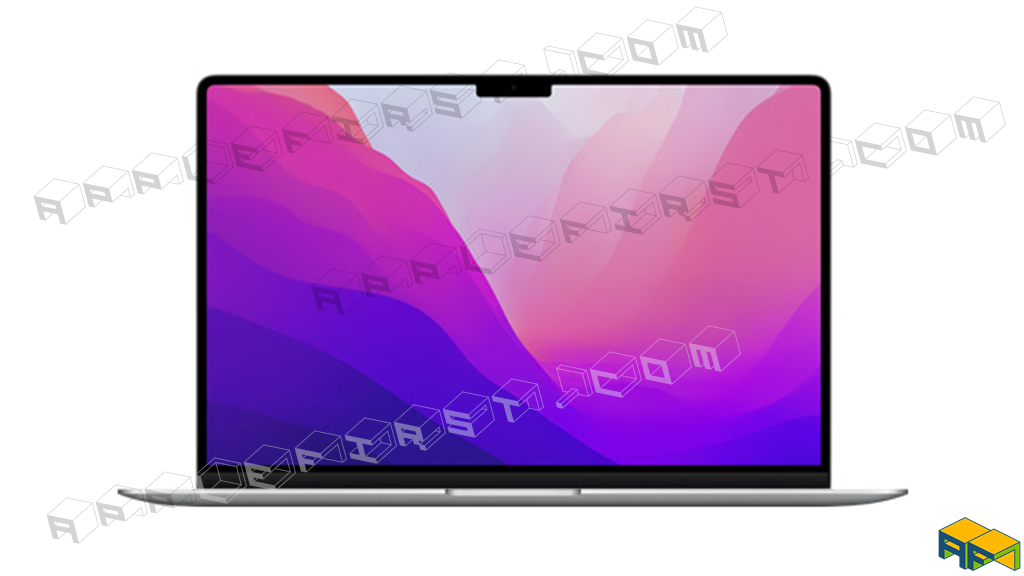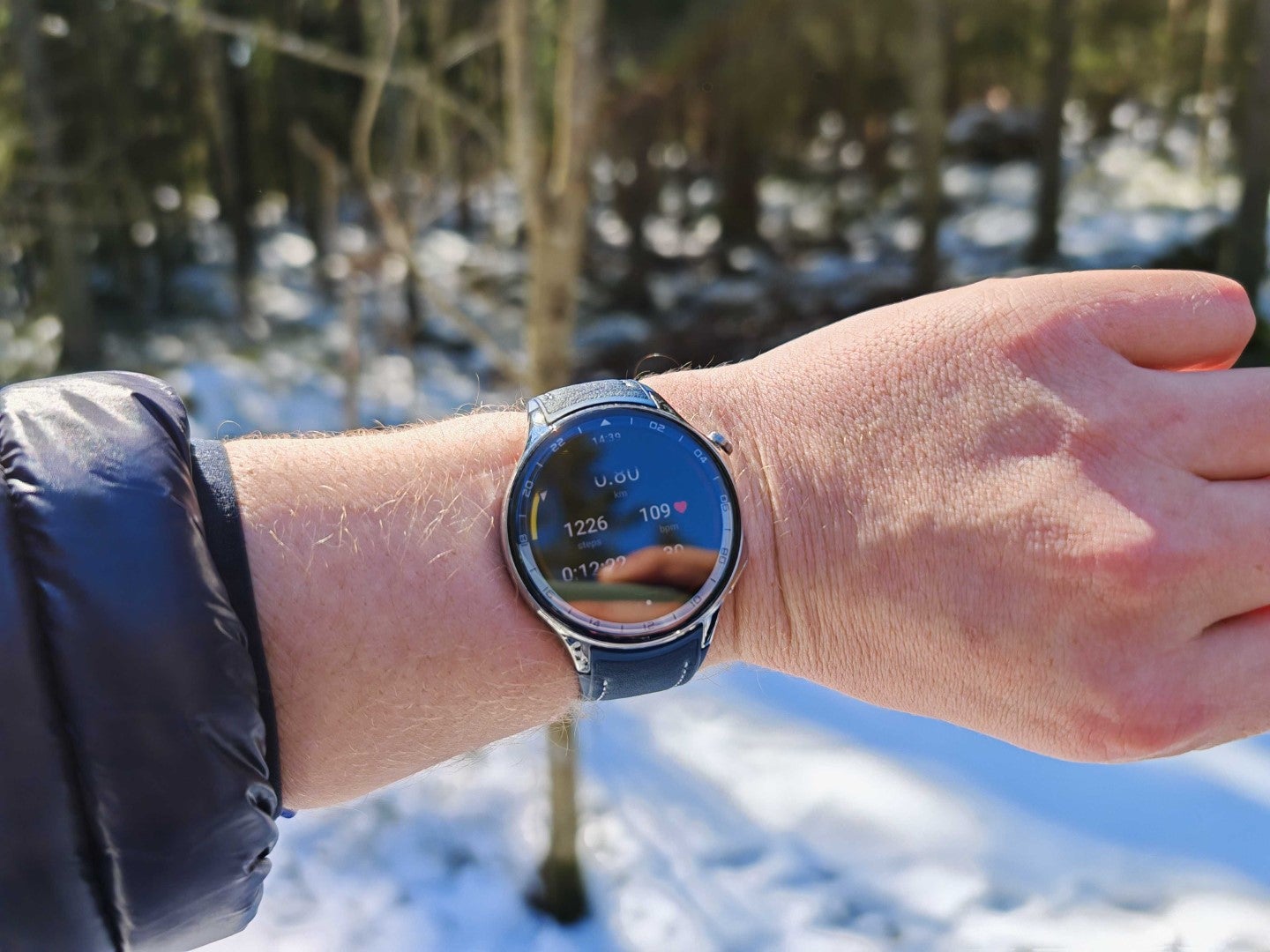Ctrl+Alt+Delete: It’s time for Apple to add FaceID to the MacBook

OPINION: It’s a good time to be a MacBook fan. Apple’s iconic laptop range has been treated to all sorts of upgrades in recent years, from Apple Silicon processors to Mini LED panels that make on-screen colours far more punchy than an LCD counterpart.
But there’s one big feature that has so far evaded the MacBook, despite becoming common place on iPads and iPhones: FaceID.
If you’re not familiar with this technology, FaceID is a security feature that uses a camera array to scan your face to ensure it’s you using the laptop, and not some stranger with nefarious purposes. By using FaceID, you can log into your device and approve purchases without needing to enter a password.
It essentially has the same functionality as TouchID, but is far more convenient since you simply need to look at the camera to bypass passwords screens, resulting in a more seamless experience. Unfortunately, Apple is yet to introduce this feature to any of its Macs, despite Microsoft already enabling a similar feature (Windows Hello) on several different laptops.

So could Apple be introducing this sought-after feature in 2022? Possibly! New renders have seemingly leaked (via Wccftech) for the MacBook Air 2022, and show that the laptop could feature the controversial notch. The only reason why I think Apple would want to add the notch to its MacBook line-up is so it can make enough space for a FaceID camera module.
Apple may counter this theory by suggesting it’s added the notch for the sole purpose of improving the quality of the MacBook’s webcam. This would admittedly make a lot of sense, as most Windows laptops with slim screen bezels are limited to a 720p webcam, which makes video capture look noticeably more fuzzy. By adding more space in the screen bezel, Apple is able to fit a larger camera with a 1080p resolution. But does the notch really need to be that wide if Apple only needs space for a single camera?

Unfortunately, the latest MacBook Pro laptop proves that the emergence of a notch does not guarantee the introduction of FaceID. Many fans of the MacBook Pro were scratching their heads when Apple unveiled the laptop with a notch. Why bother adding such a controversial feature when you’re not even benefiting from new features such as FaceID?
But as 9to5mac points out, there’s probably a good reason why Apple is yet to introduce FaceID to the MacBook. The TrueDepth module that Apple currently requires to enable Face ID is seemingly too thick for the slender dimensions of a MacBook screen. In order to incorporate the component, Apple would either need to makes its MacBook laptops thicker, or try and make the TrueDepth module thinner without compromising on its top-class security.
Since Apple prides itself on having slim laptops, especially in the case of the MacBook Air, I reckon Apple is currently hard at work trying to reduce the size of its TrueDepth model. Of course, it’s possible that Apple has no plans to ever add FaceID to its Macs, but I reckon the emergence of the MacBook notch indicates that isn’t the case.
It would make a lot of sense for Apple to introduce the notch now, rather than creating a temporary hole-punch design or the like, as then it wouldn’t need to make any further design tweaks to its laptops once FaceID finally arrives.
Is 2022 too early for FaceID on MacBooks? Probably, at least if the rumour mill is to believed. But I’m confident it’s only a matter of time until this security feature is added to Apple laptops.
Ctrl+Alt+Delete is our weekly computing-focussed opinion column where we delve deeper into the world of computers, laptops, components, peripherals and more. Find it on Trusted Reviews every Saturday afternoon.








